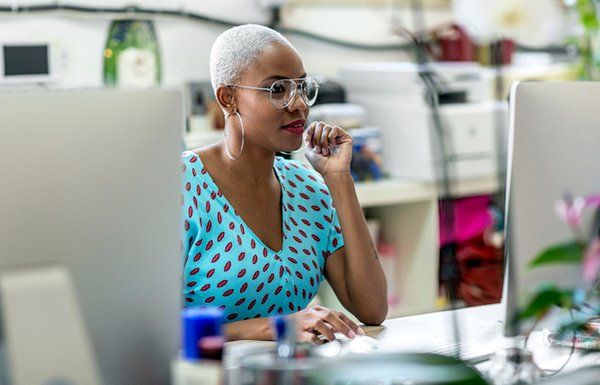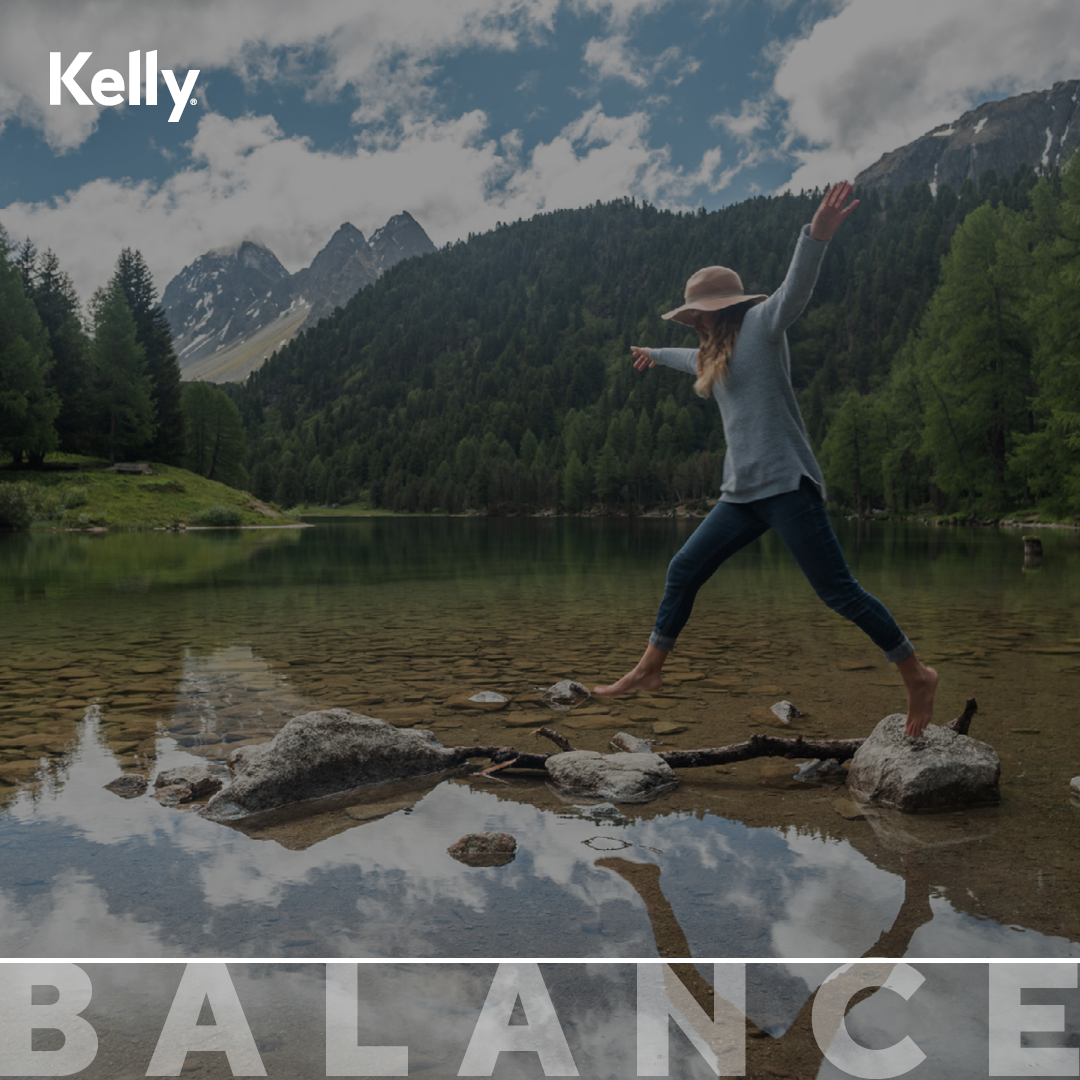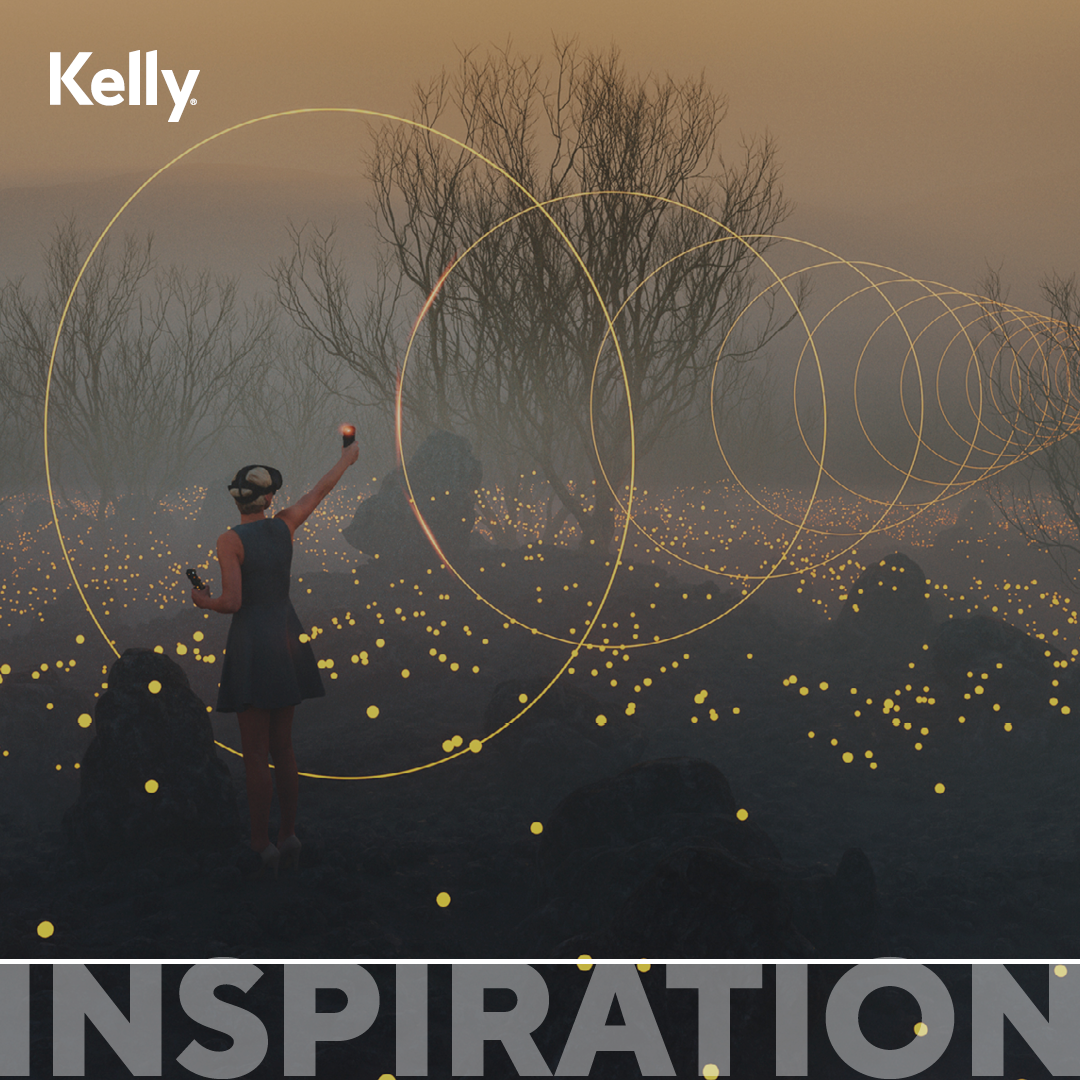
It would be unfair to say that lookism is a new trend. Maybe there were other names for it or maybe just more people accepted this form of prejudice in the past, but it’s always been there. Lookism is simply a term for discriminating against someone based on appearance. That might be because of a visible tattoo or piercing, a style choice, hair cut or colour, or any number of the small things that make up our individual looks. Remote work and a general relaxing of attitudes around what makes up ‘workwear’ have seen this issue fade, but it’s still there, and it’s still harmful.
Let’s take a closer look at lookism.
First of all, a lot depends on the industry you work in. Some industries like science, medicine, finance, and the public sector may be less tolerant of people who don’t fit the mould when it comes to their appearance. While tech, creative, and artistic industries can be much more relaxed and ‘why not’ about individual style. Some in these industries, such as programmers, developers, creatives, copywriters, and content managers, may even say that their external style helps them to be more creative in their roles.
There are also shifting cultural attitudes around things like tattoos which have become much more popular and mainstream in recent years. While generational differences still exist – some older people view piercings, brightly coloured hair, and visible tattoos as provocative – ultimately, your external appearance has little impact on how you work in most roles. International companies have tended to take a broader view when it comes to appearance at work, though that’s not always the case. You may also get different takes depending on whether a job is externally or internally facing and whether there are health and safety considerations around things like piercings or long hair.
Another important consideration around lookism is equality and inclusion. Companies want to create cultures where everyone’s views are represented and discriminating against people based on external appearance makes it impossible to create a fully inclusive culture.
So, how do you evaluate people at work? Do you have clear and simple criteria – KPIs, benchmarks, etc? Skills and cultural fit? Or do you ever judge someone based on their looks alone? Does blue hair and piercings mean that you don’t engage someone on a big project or put them forward for a new role?
Traditional suit and tie culture is fading away around the world and with it, hopefully, some of the prejudices we hold about how people should present themselves at work. After all, why should lookism hold people or organizations back from achieving great things?







